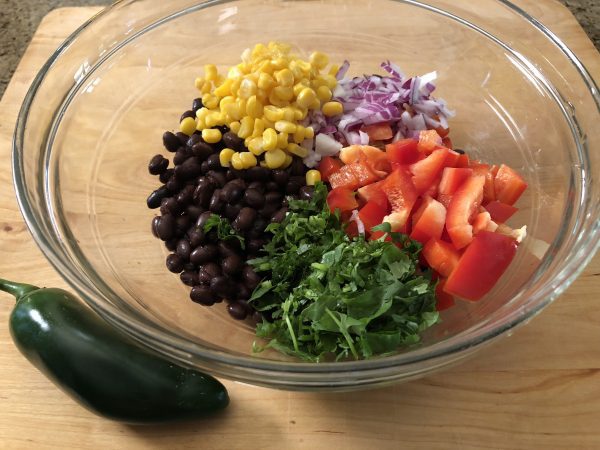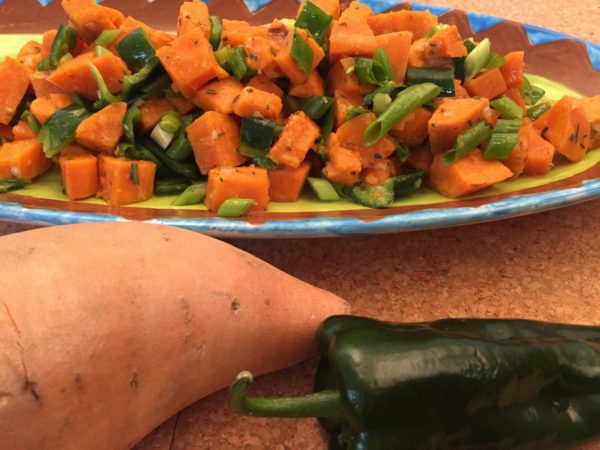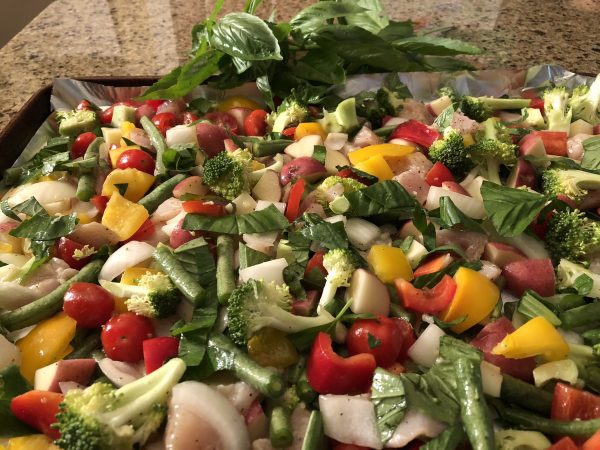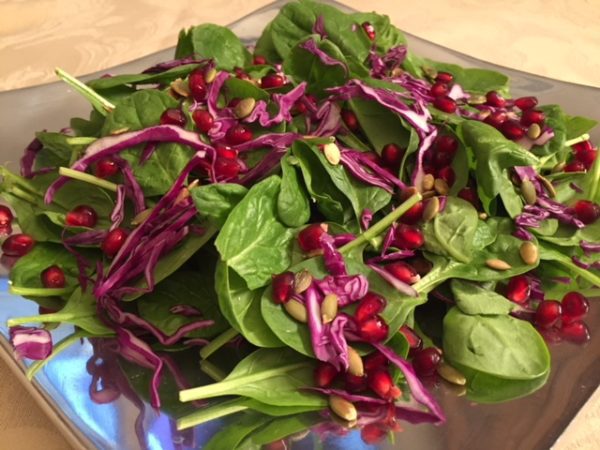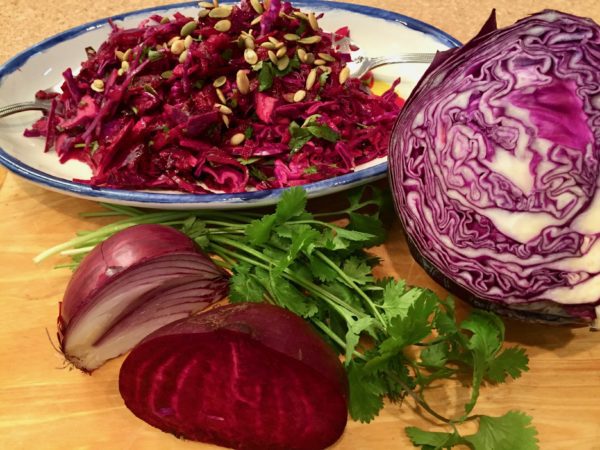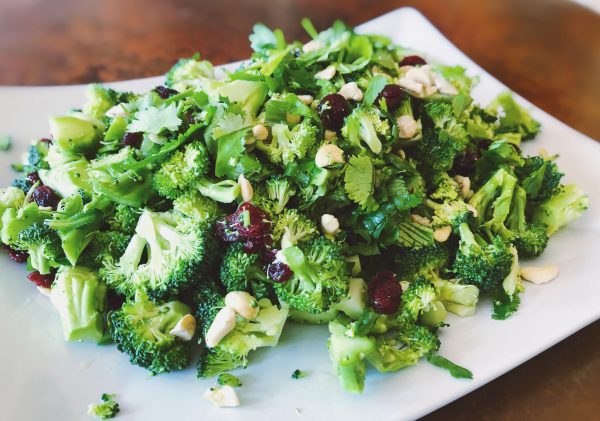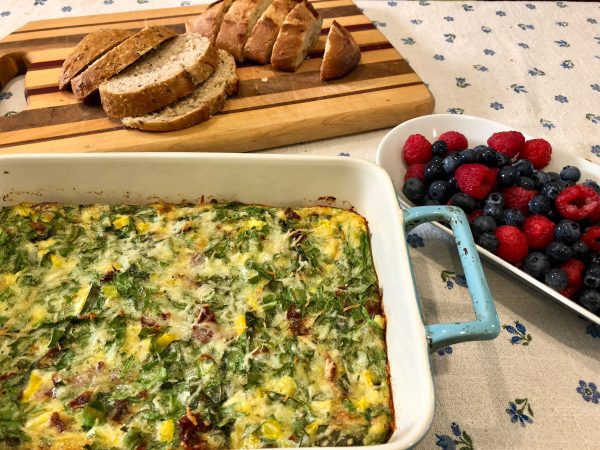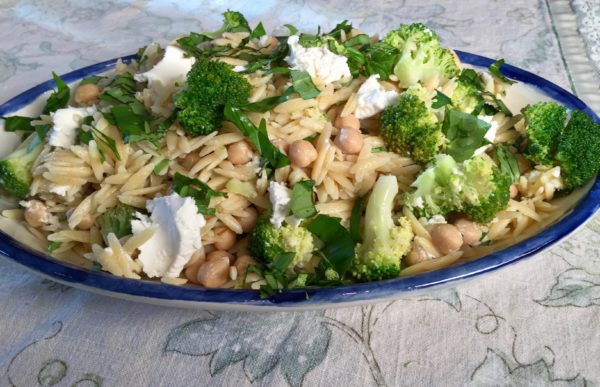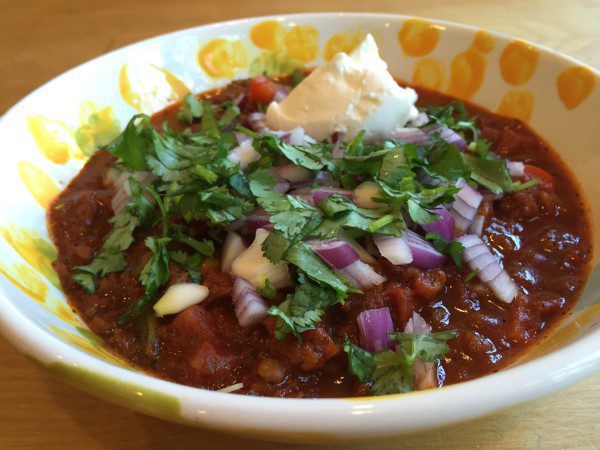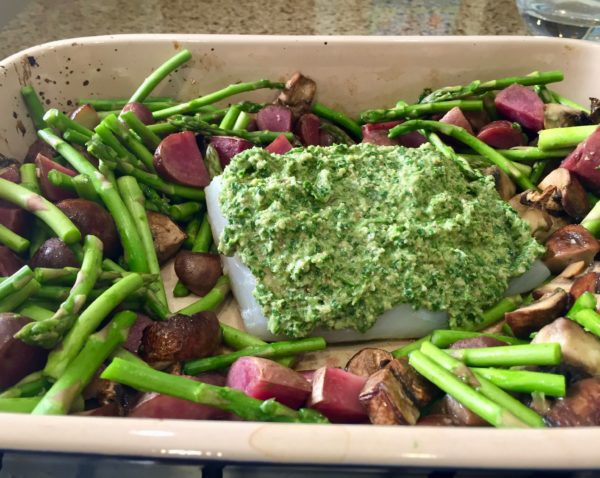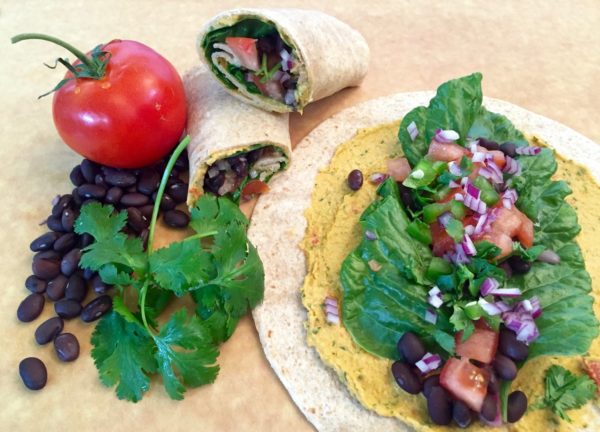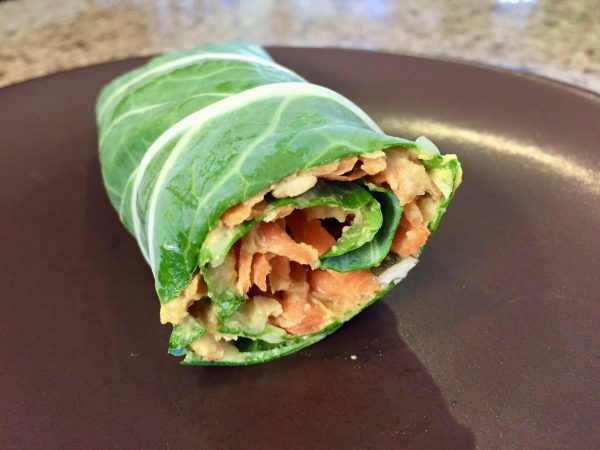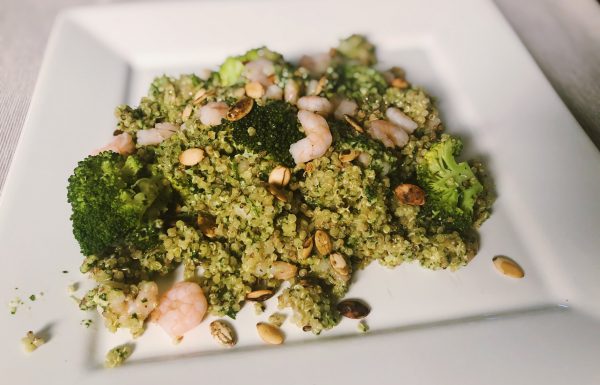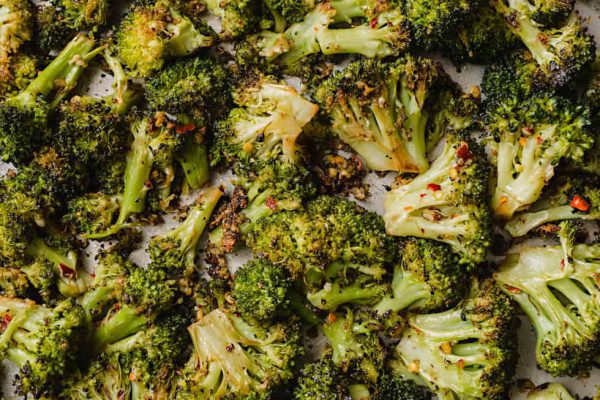Good Mood Orange Foods: 8 Pumpkin Breakfasts
Eating more rainbow foods boosts mental fitness and brain health. Each color is caused by specific phytochemicals phytochemicals (natural chemical compounds) that
- have powerful antioxidant, anti-inflammatory properties
- are vital to innumerable functions in your body
- 8 out of 10 people in the US are deficient in virtually every color category of phytochemicals.
Orange and yellow fruits and vegetables are rich in vitamin C and carotenoids. There are more than 600 different types of carotenoids! These beneficial nutrients can
- protect you from disease and enhance your immune system
- some carotenoids convert to vitamin A in your body
- Vitamin A helps promote healthy vision, cell growth and is essential nutrient for your brain health. It facilitates neuroplasticity – your brain’s ability to build new neurons and create new connections
An easy way to eat more good mood orange foods is to put pumpkin into your breakfast. Here are 8 of my favorite pumpkin breakfast recipes because they are delicious and nutrient dense. All can be made with canned pumpkin puree (not pie filling) – a great time saver. These recipes are good sources of:
- healthy fats from nature
- carbs from vegetables and fruit
- Vitamins, minerals, and phytochemicals
- Fiber
- spices
Boost the protein content by enjoying with Greek yogurt or kefir, or having hard boiled eggs or breakfast sausage on the side with the baked oatmeal and pancakes.
Pumpkin Pie Smoothie Bowl – Hummusapien
I add plain Greek yogurt or kefir for protein, and 1 tablespoon of flax or hemp seeds.
Skinny Pumpkin Granola – Minimalist Baker
Granola is a staple in my kitchen. I always make a double batch, usually a variation of CMF Granola, but this caught my attention for the additional nutrients: flaxseeds and the combination of oats and quinoa. It’s delicious, nutritious!
Enjoy granola over a plain-Greek yogurt, with a tablespoon of hempseed/ground flaxseed and tossed with seasonal fruit.
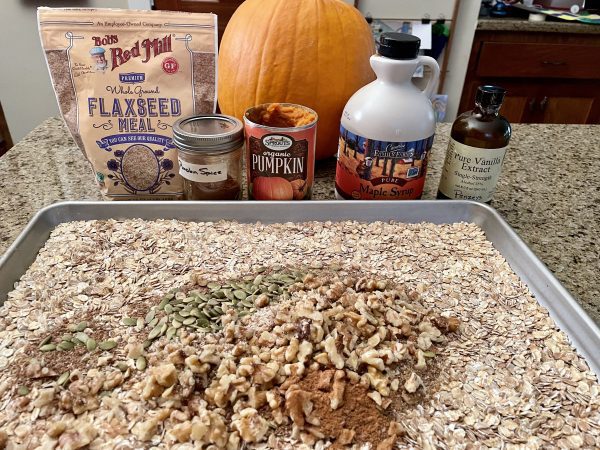
Pumpkin Pie Chia Pudding – Eat the Gains
This makes a marvelous breakfast parfait – simply layer chia pudding with plain Greek yogurt or granola, or both!
OR add 1/4 cup of cooked quinoa to the chia pudding for more nutrient density. Add more milk of choice to desired texture.
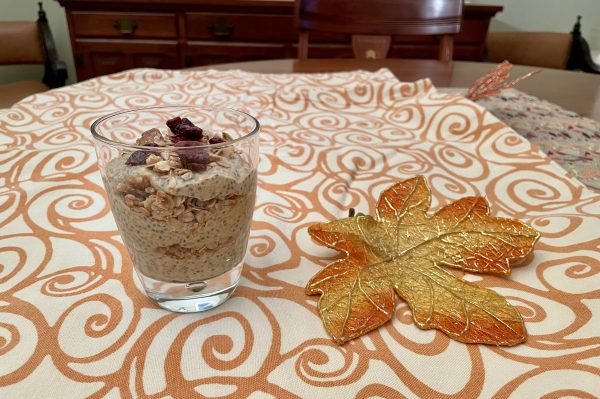
Pumpkin Pie Overnight Oats – My Whole Life
A favorite because I can make it ahead. I always multiply by 4 and put in mason jars so breakfast is easy.
Toppings:
- Chopped nuts (pecans or walnuts usually)
- Dried cranberries
- Fresh, chopped pear on occasion
Make Ahead Pumpkin Spice Oatmeal – Kiwi and Bean
When the temperature drops and calls for hot breakfast, this is a delicious, nutritious option that you can make ahead. I love the option of millet as an extra grain. Replace with quinoa or buckwheat – I cook the additional grain with the oatmeal rather than toasting to put it on top.
Top with
- Ground flaxeed or hempseed
- Granola
- Chopped nuts
- Dried cranberries
Double (or triple depending on your family size)
Creamy Pumpkin Quinoa Breakfast – Cotter Crunch
In winter months I alternate between hot oatmeal breakfasts and this type of quinoa breakfast. Make the night before and warm up individual portions the morning as needed. Add a dollop of plain Greek yogurt and sprinkle with granola for texture contrast.
Pumpkin Baked Oatmeal – Joy of Sunshine
Use old-fashioned oats. I really like the apple sauce in this and reduce maple syrup by half. Make it the night before. Keep the cream cheese separate. Warm up in the morning and top with some of the cream cheese.
It also freezes nicely in individual portions. Makes a great after school snack.
Pumpkin Quinoa Pancakes – Simply Quinoa
Pancakes are always popular at our house, so I’ve searched out more nutrient-dense options. These are hearty and filling. As always, make a double (or triple batch) and freeze for later in the week. In general I make sausage too. They freeze well.
Top with:
- Apple Pumpkin Butter – Spend with Pennies
- Apple Chia Jam – Smiles and Sandwich
- Cream cheese with a bit of honey
- Coconut cream
What to Do?
- Make a double batch of the pumpkin granola as a staple for the month
- Choose either chia pudding or overnight oats and make enough to have a couple times throughout the week
- OR instead of cold chip pudding/overnight oats, make oatmeal one week and quinoa the next
- Make pancakes or muffins on the weekend. Double batch to have throughout the week.
Voila! You have a whole week of breakfast.
Originally published November 2021

